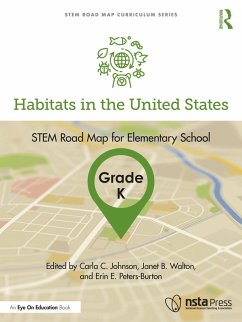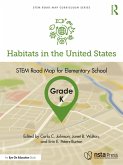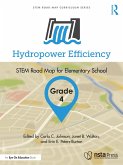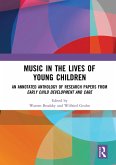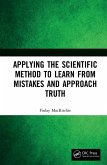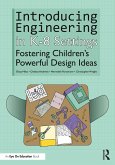This interdisciplinary, three-lesson module uses project- and problem-based learning to help students look at their own neighborhood, city, state, and beyond to learn about the geography and habitats of various regions of the United States. Students will gather information on habitats and their similarities and differences based on weather, climate, and the animals, plants, and people residing there, to develop a reference manual for local zoo officials reorganizing their animal displays.
To support this goal, students will do the following:
- Explain that there are different types of habitats in different parts of the U.S.
- Explain how various habitats sustain animals and plants
- Identify climatic characteristics of several habitats
- Apply their knowledge of habitats to develop a reference guide about habitats in the U.S.
- Utilize technology to gather research information and communicate
- Identify technological advances and tools that scientists use to learn about sustainable systems
- Design and construct models of habitats
- Understand local weather patterns and make connections among weather patterns and plant and animal life where they live
The STEM Road Map Curriculum Series is anchored in the Next Generation Science Standards, the Common Core State Standards, and the Framework for 21st Century Learning. In-depth and flexible, Habitats in the United States can be used as a whole unit or in part to meet the needs of districts, schools, and teachers who are charting a course toward an integrated STEM approach.
Dieser Download kann aus rechtlichen Gründen nur mit Rechnungsadresse in A, B, BG, CY, CZ, D, DK, EW, E, FIN, F, GR, HR, H, IRL, I, LT, L, LR, M, NL, PL, P, R, S, SLO, SK ausgeliefert werden.

